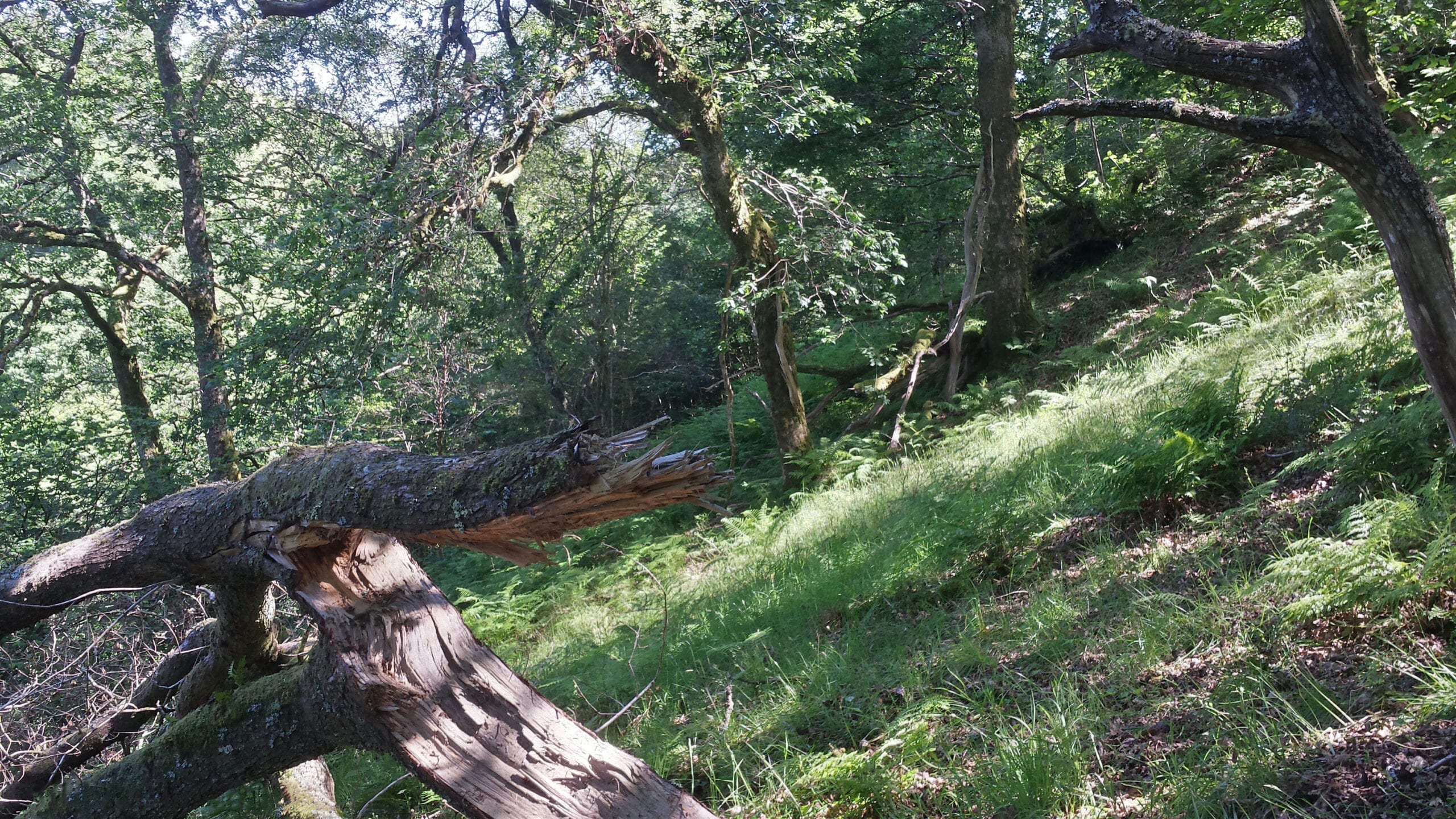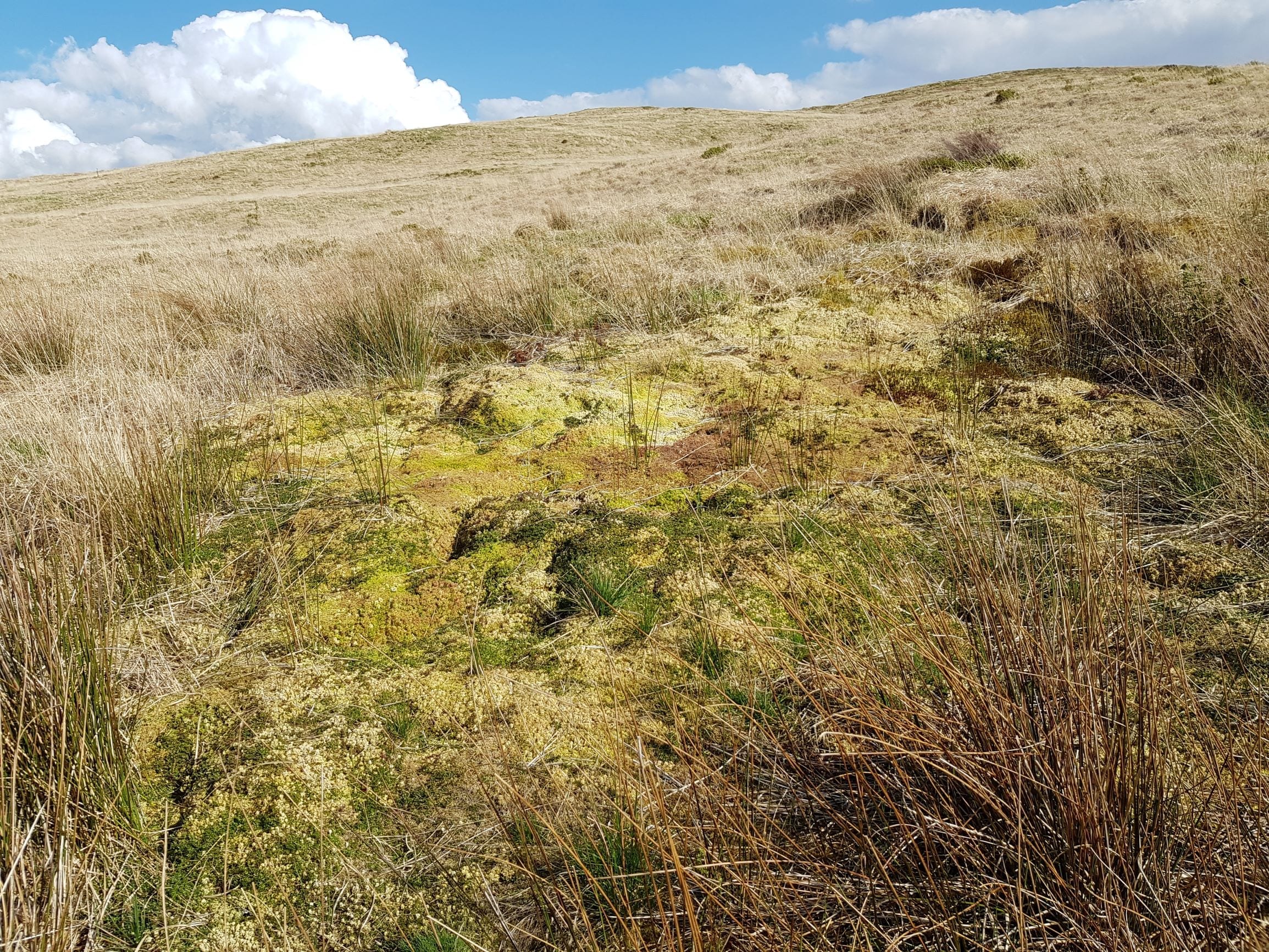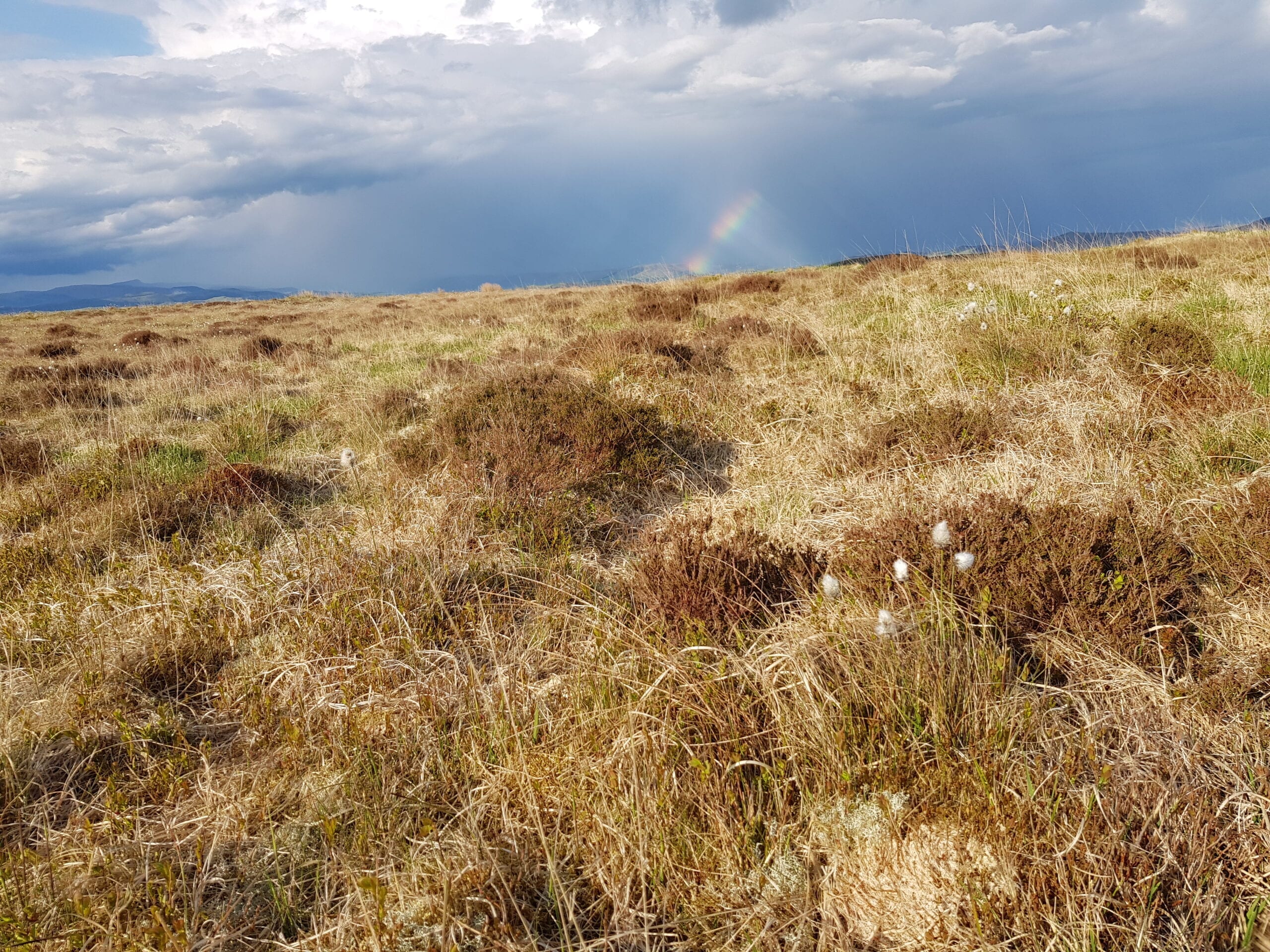Habitats
The habitats at Bwlch Corog range from woodland in the river gorge and lower slopes to upland heath and blanket bog on the higher ground. In the past the whole area had tree cover. The trees were cleared by humans to create the heathland and bogs we associate with the uplands. But even these habitats have become degraded at Bwlch Corog due to drainage, burning and sheep grazing, with purple moor grass taking over.
The State of Nature Wales 2023 Report found that species continue to decline in Wales, with 18% (one in six) of our species are at risk of extinction – 95 species having been lost already. Habitat loss and fragmentation is the biggest contributor to this catastrophe, a sure clarion call for projects like Cambrian Wildwood.
We are addressing this urgent issue by restoring the habitats across Bwlch Corog, with plans to extend the project across more of the landscape. Follow the links to find out about the three main habitat types at Bwlch Corog and the measures we are taking.
With our emphasis on reducing management interventions and enhancing the wild feeling of the place, we have removed internal fencing. The habitats are not compartmentalised visually or in their treatment: in wild nature, habitats are not always well defined, and often overlap and interact. So, wet upland heath and blanket bog are types of peatland differentiated by peat depth and degree of waterlogging, but have many plants in common and are not clearly delineated. Woodland includes open glades, wood pasture has a low density of trees, and groups of trees and shrubs can be found in areas of open land. This dynamic interplay of habitats creates diversity across the landscape and through time, and is key to the feeling of wildness and the presence of abundant wildlife.



